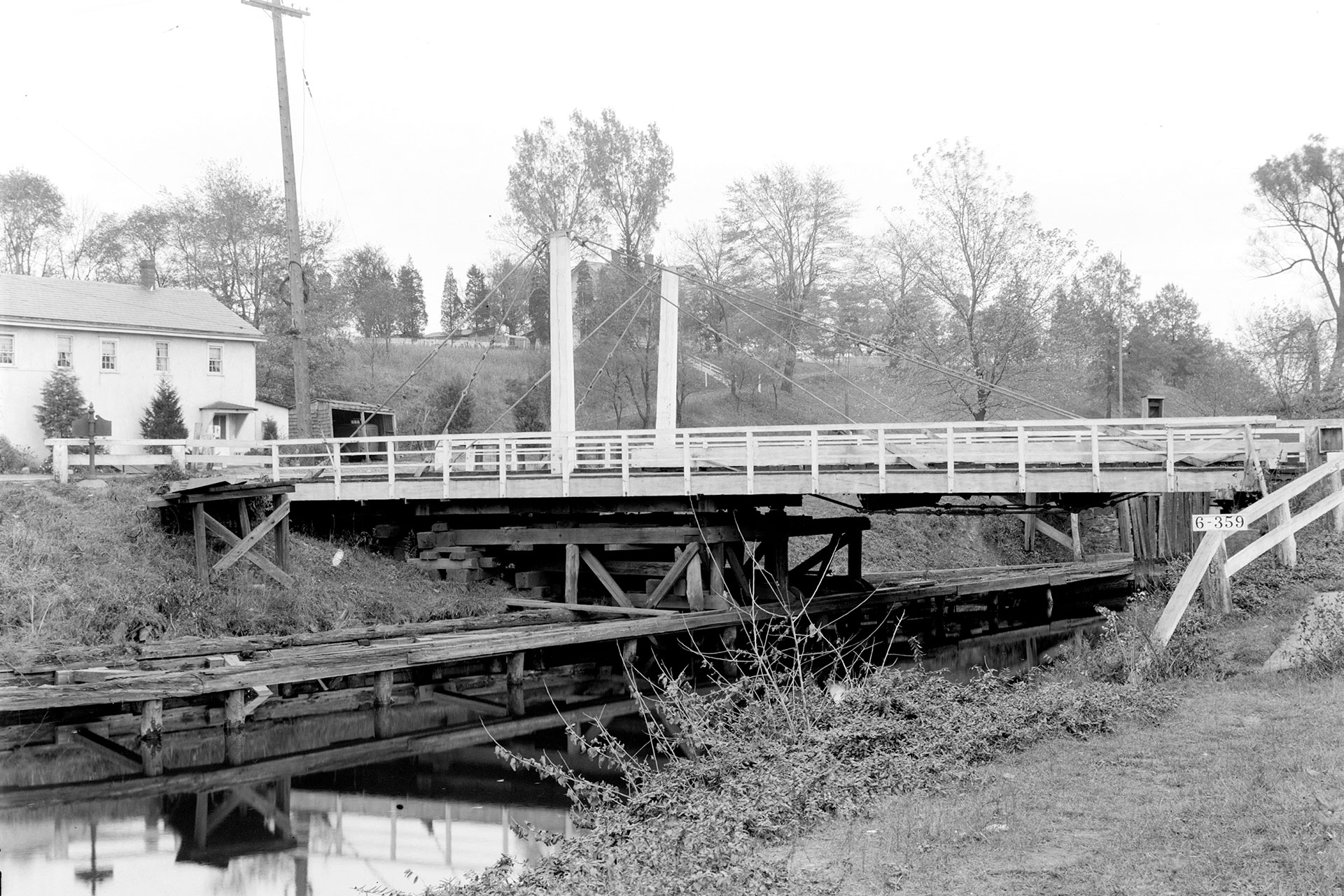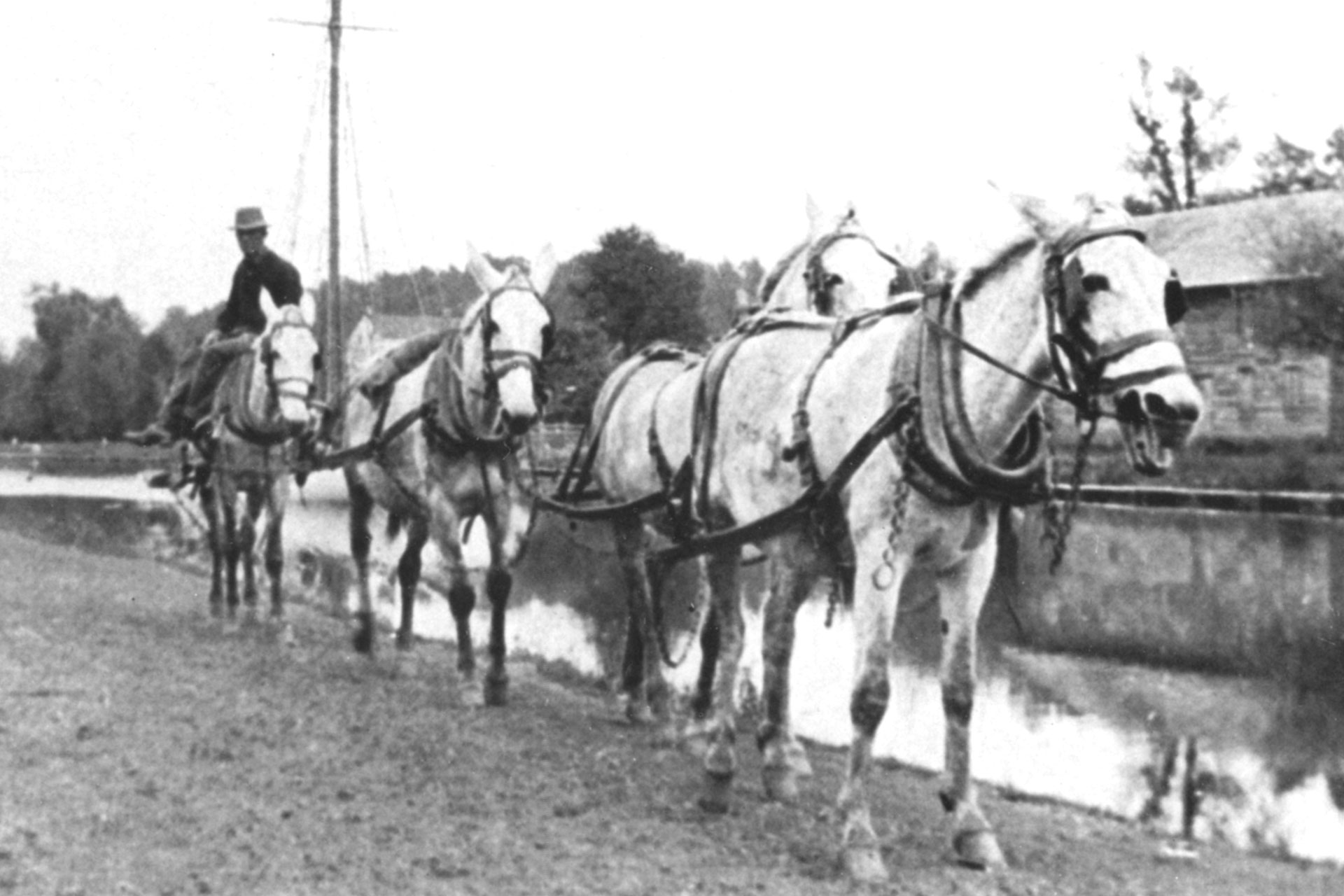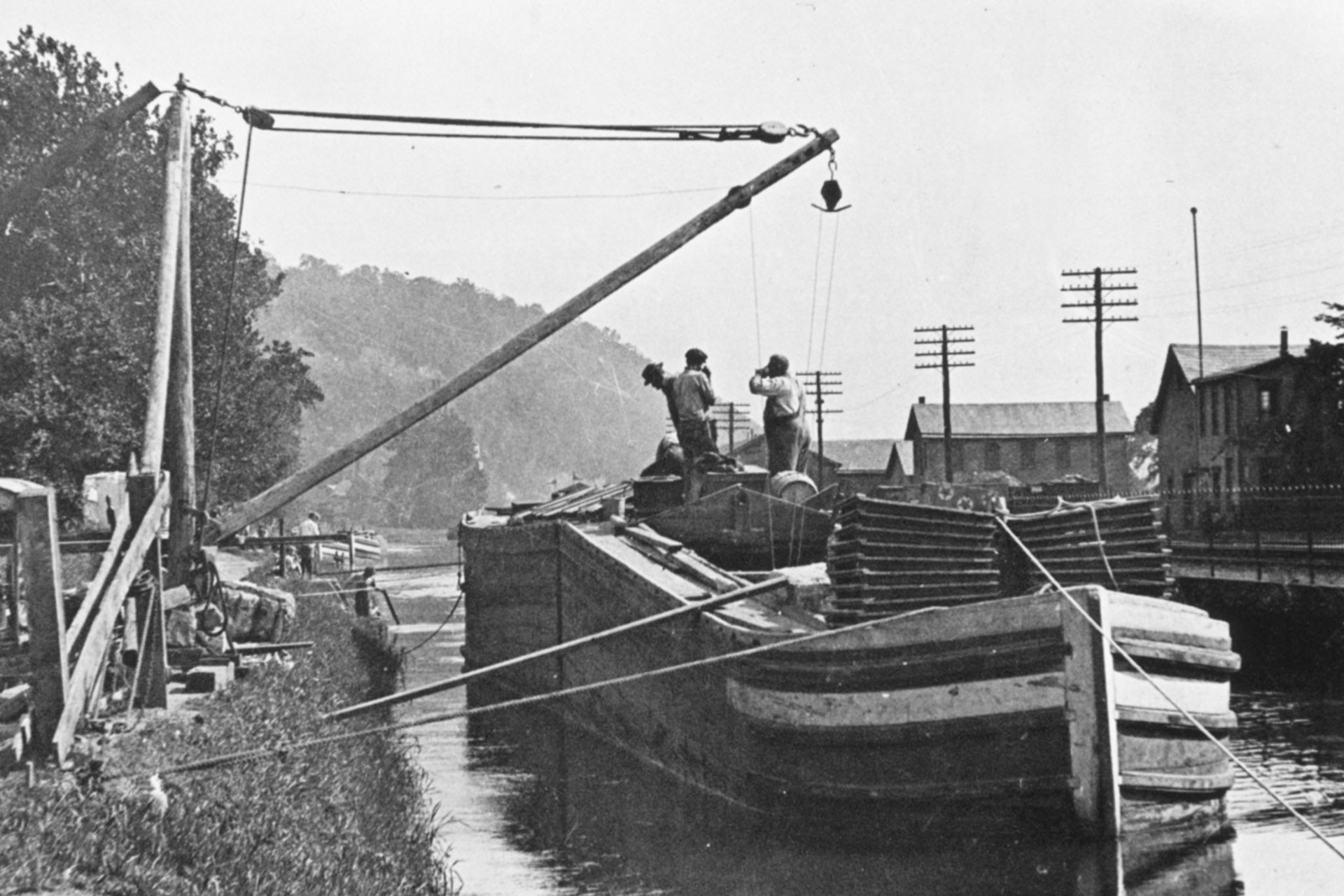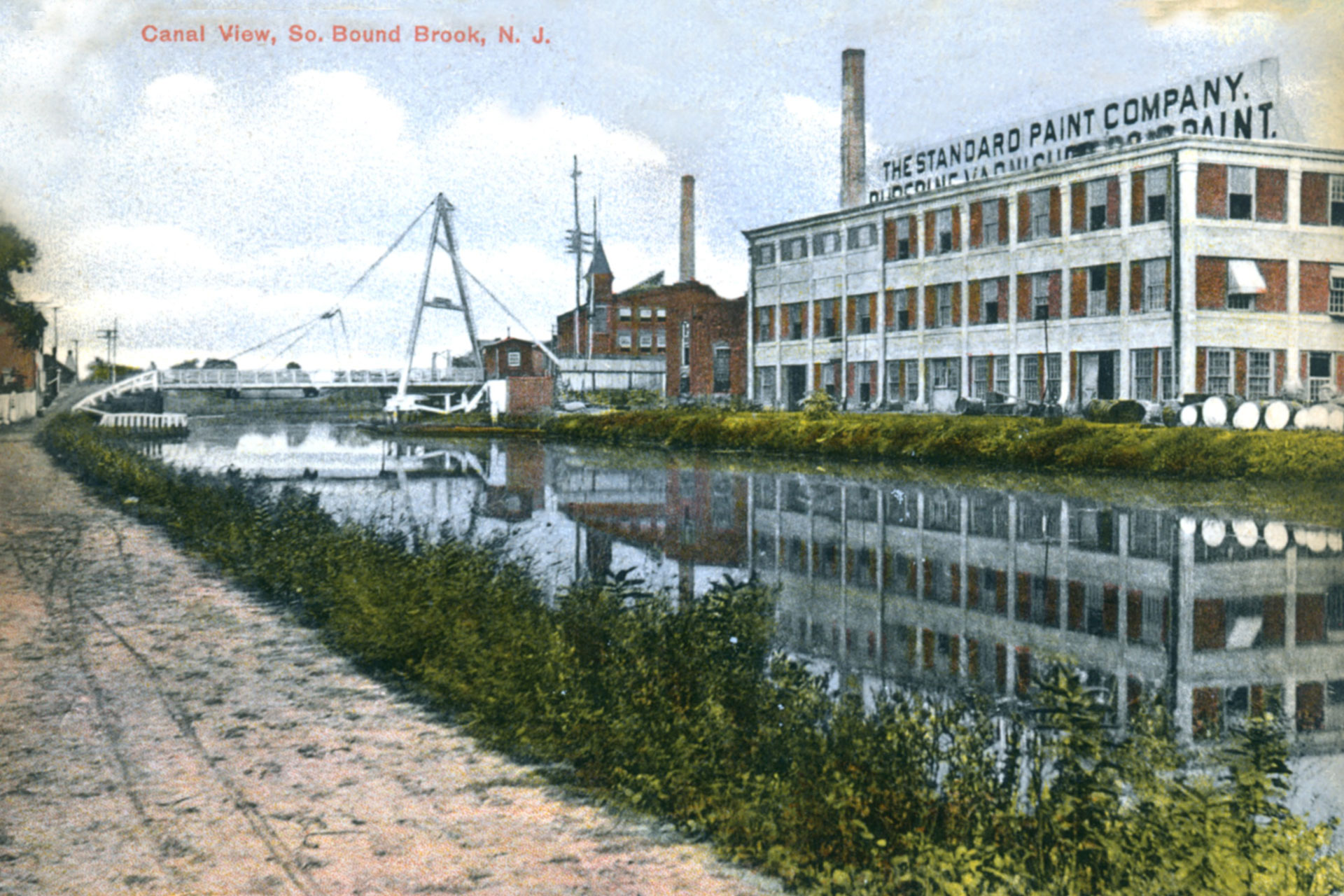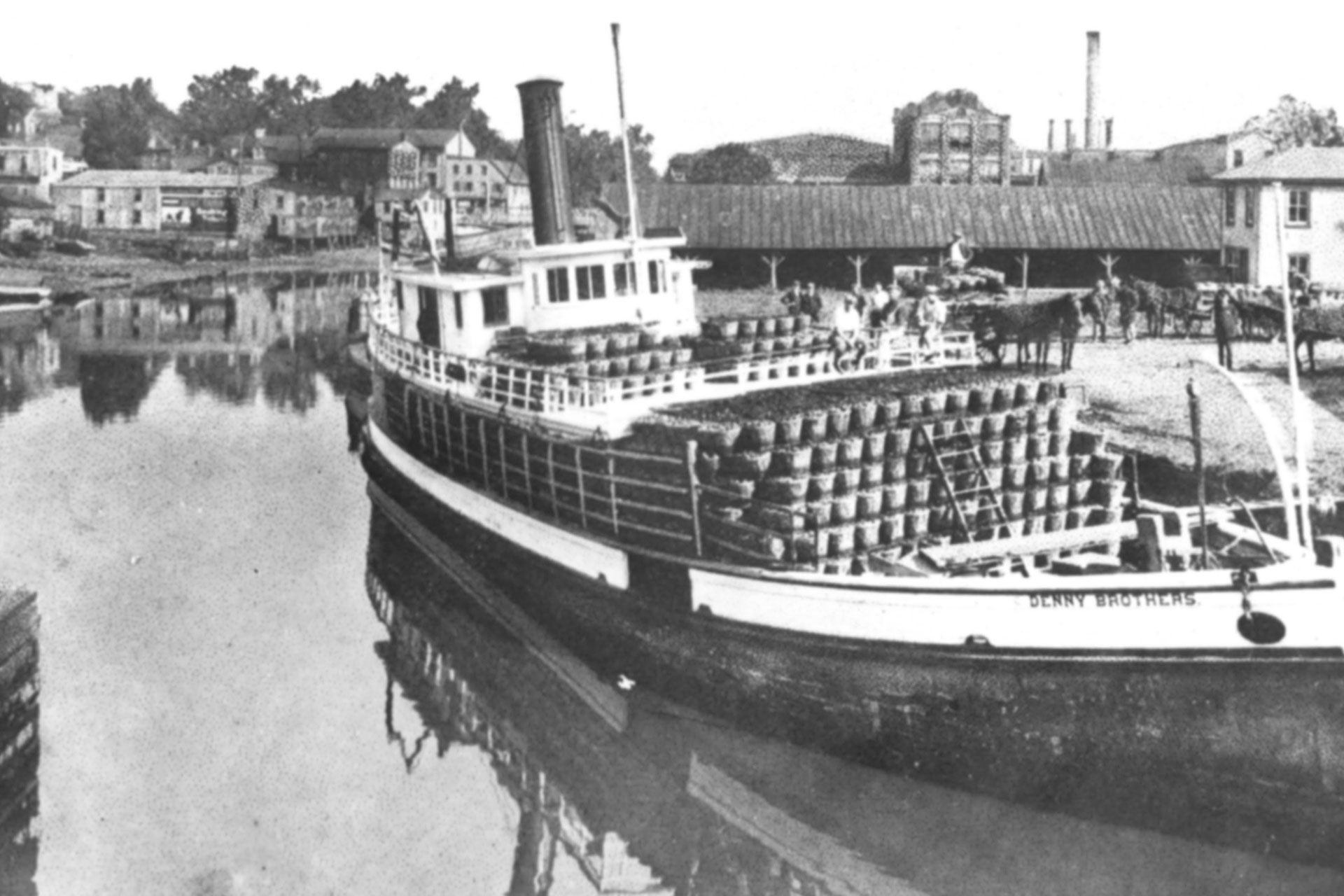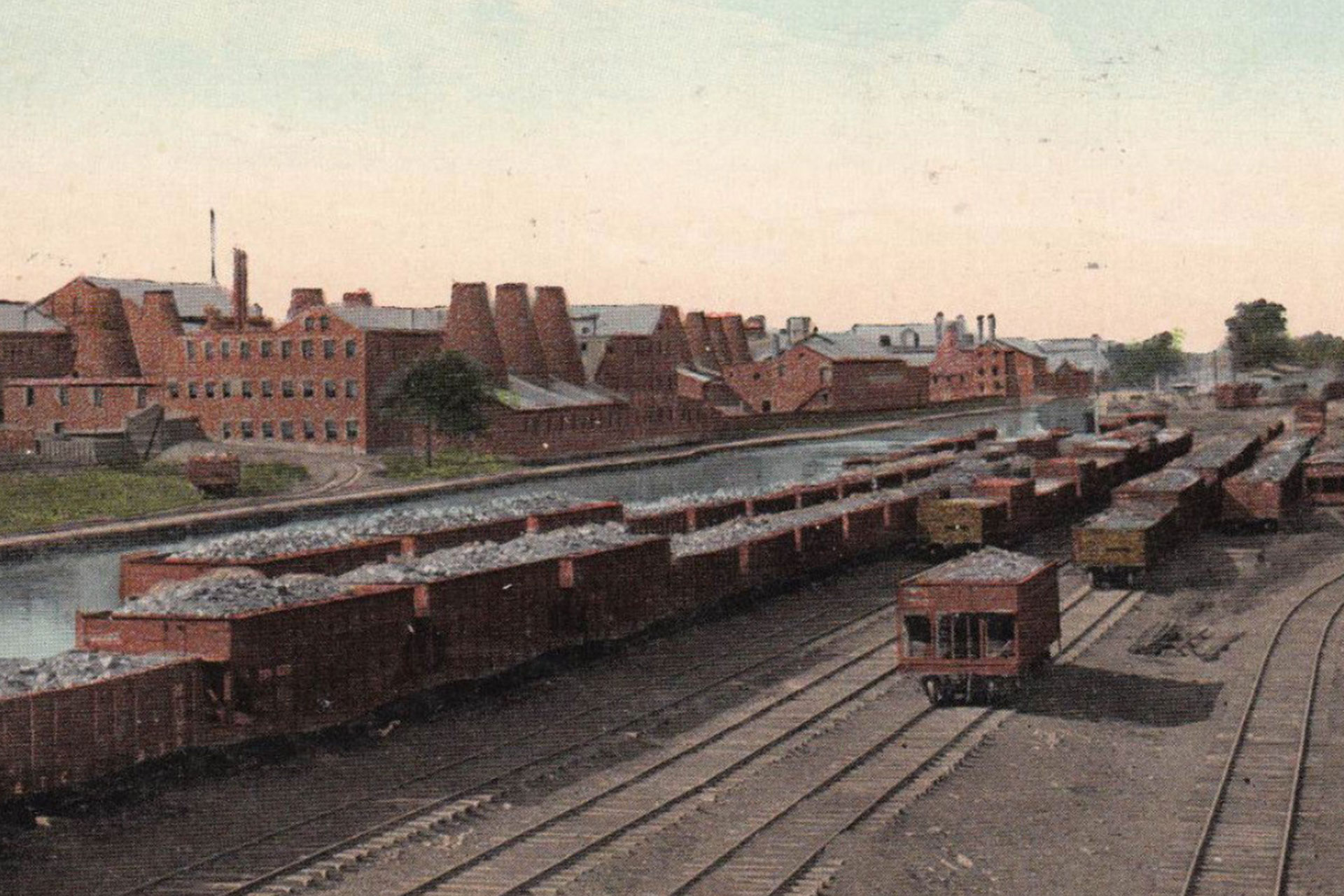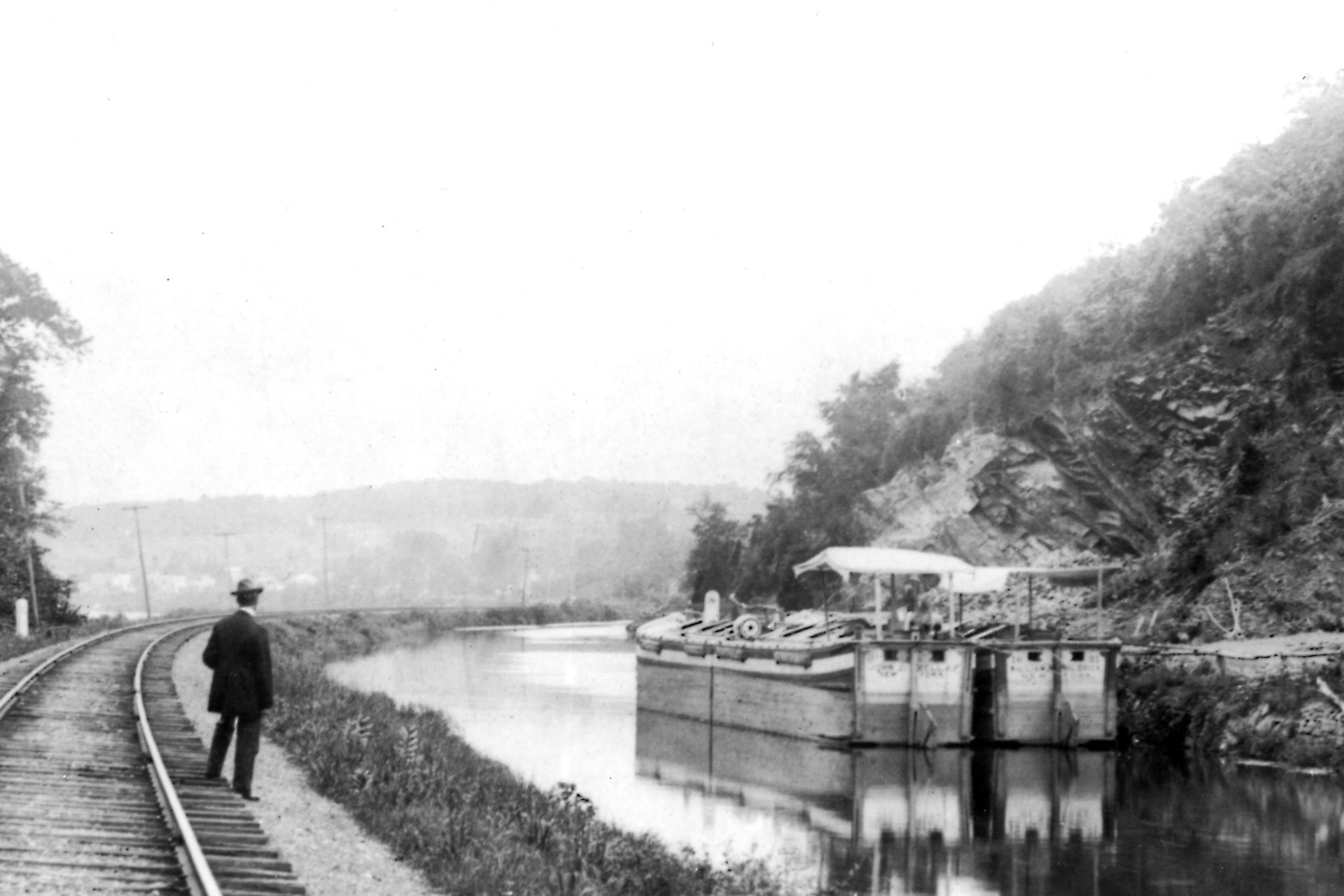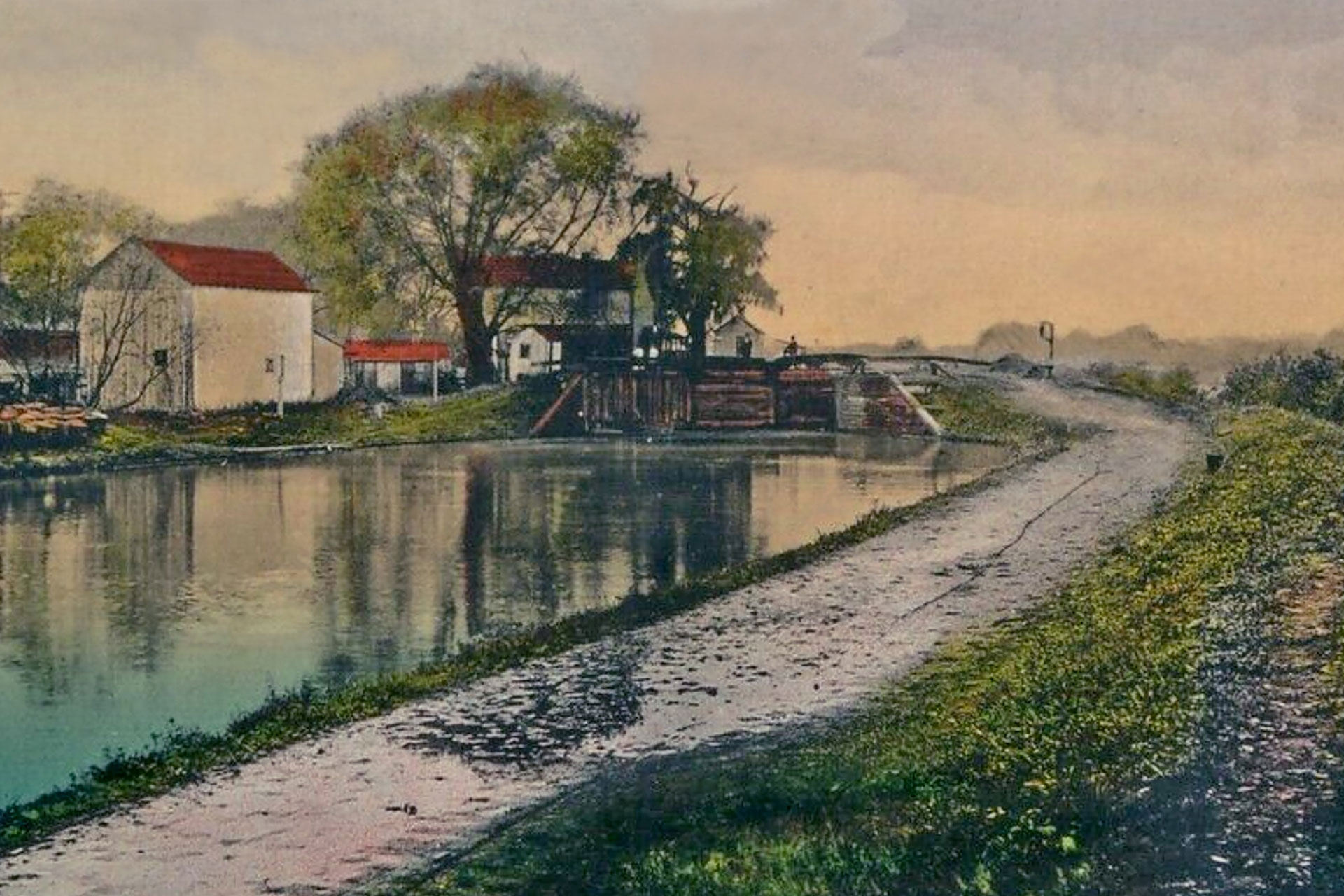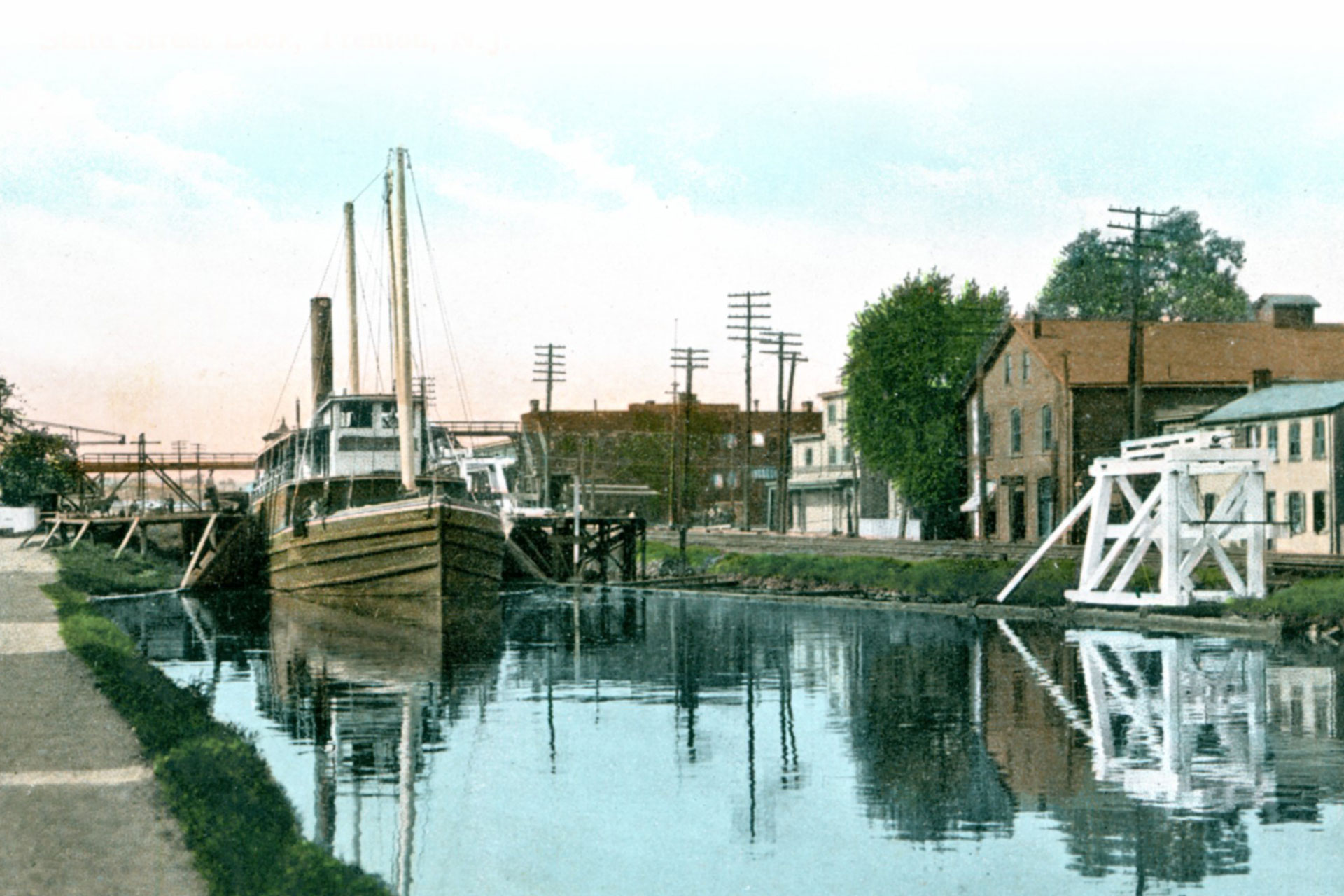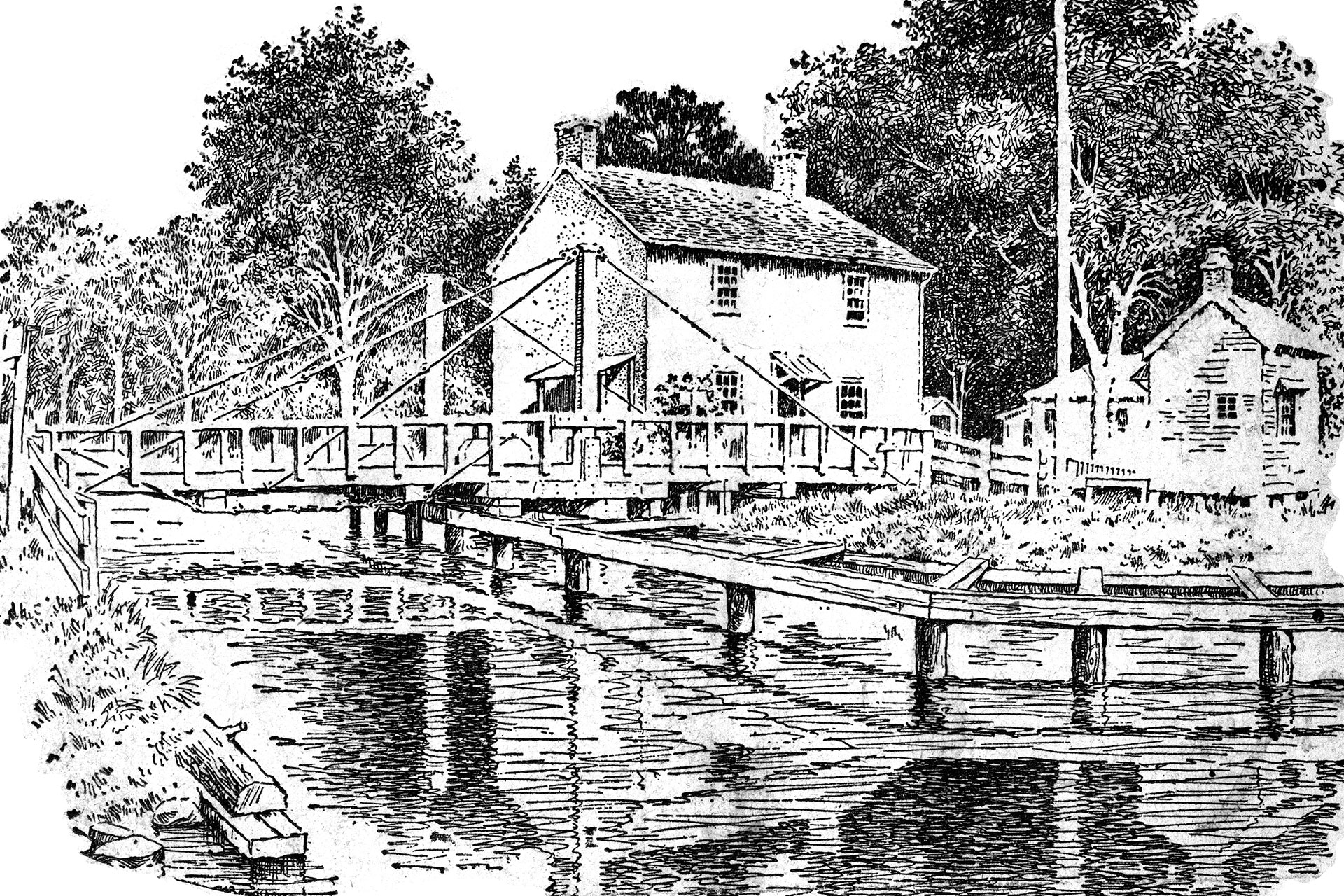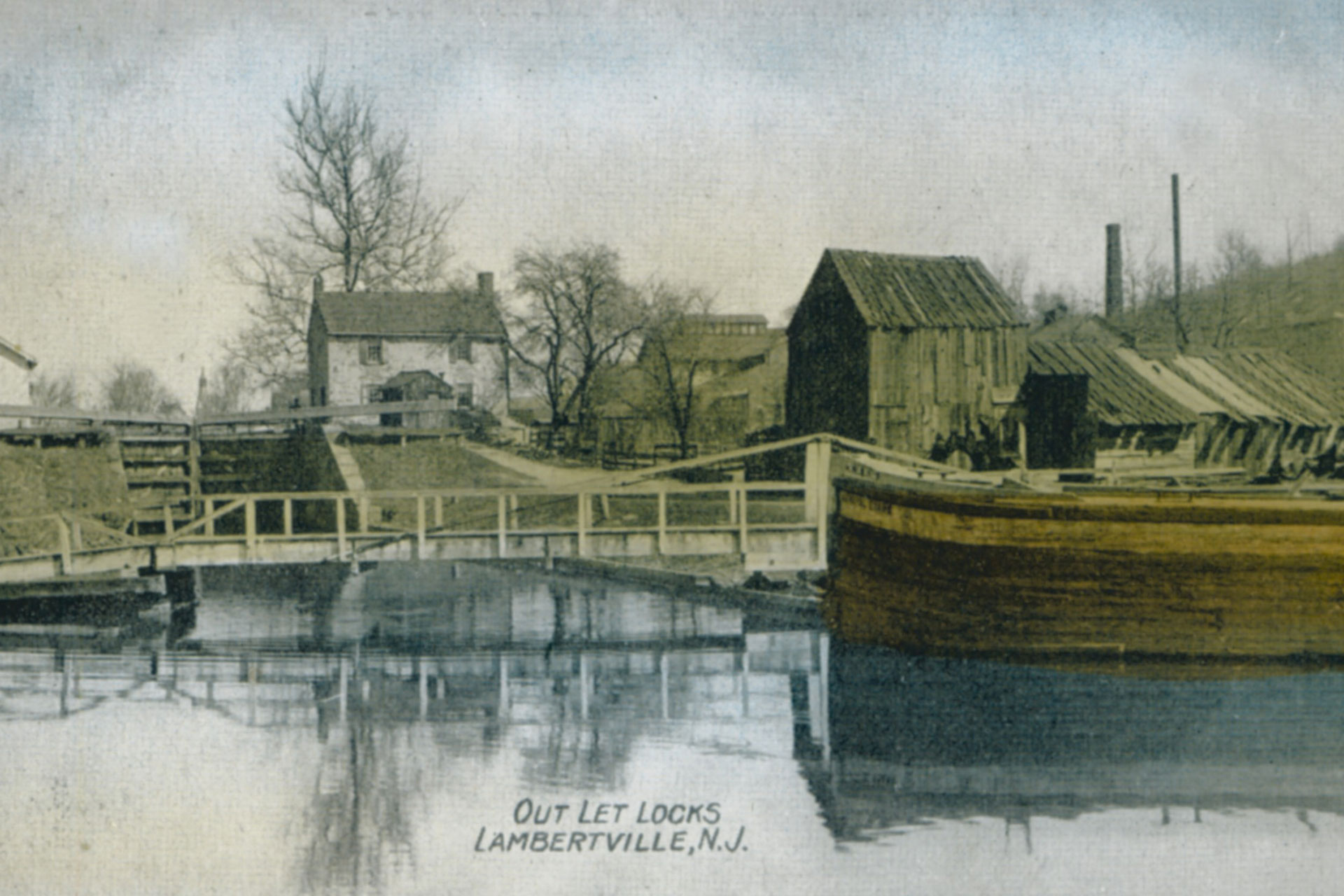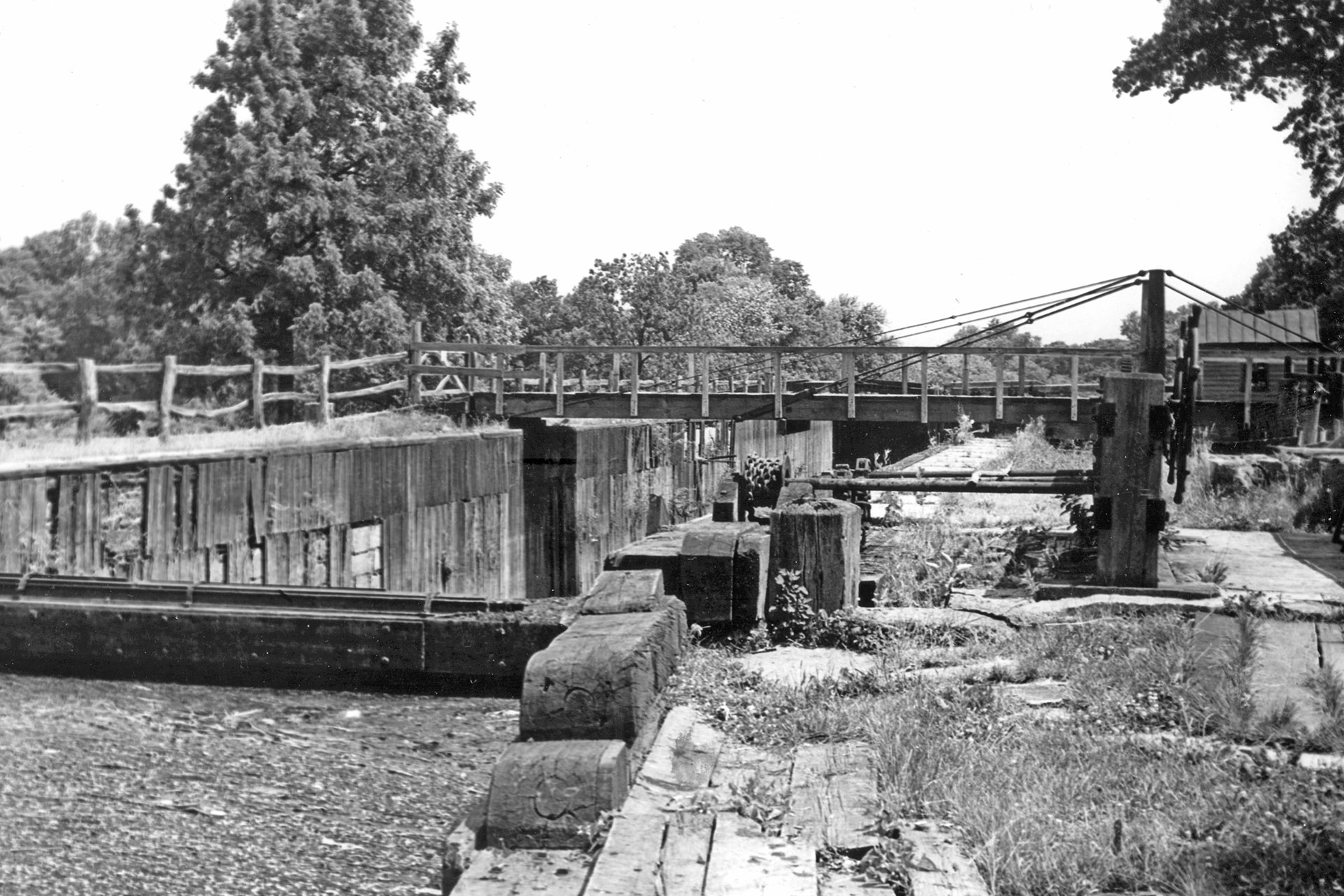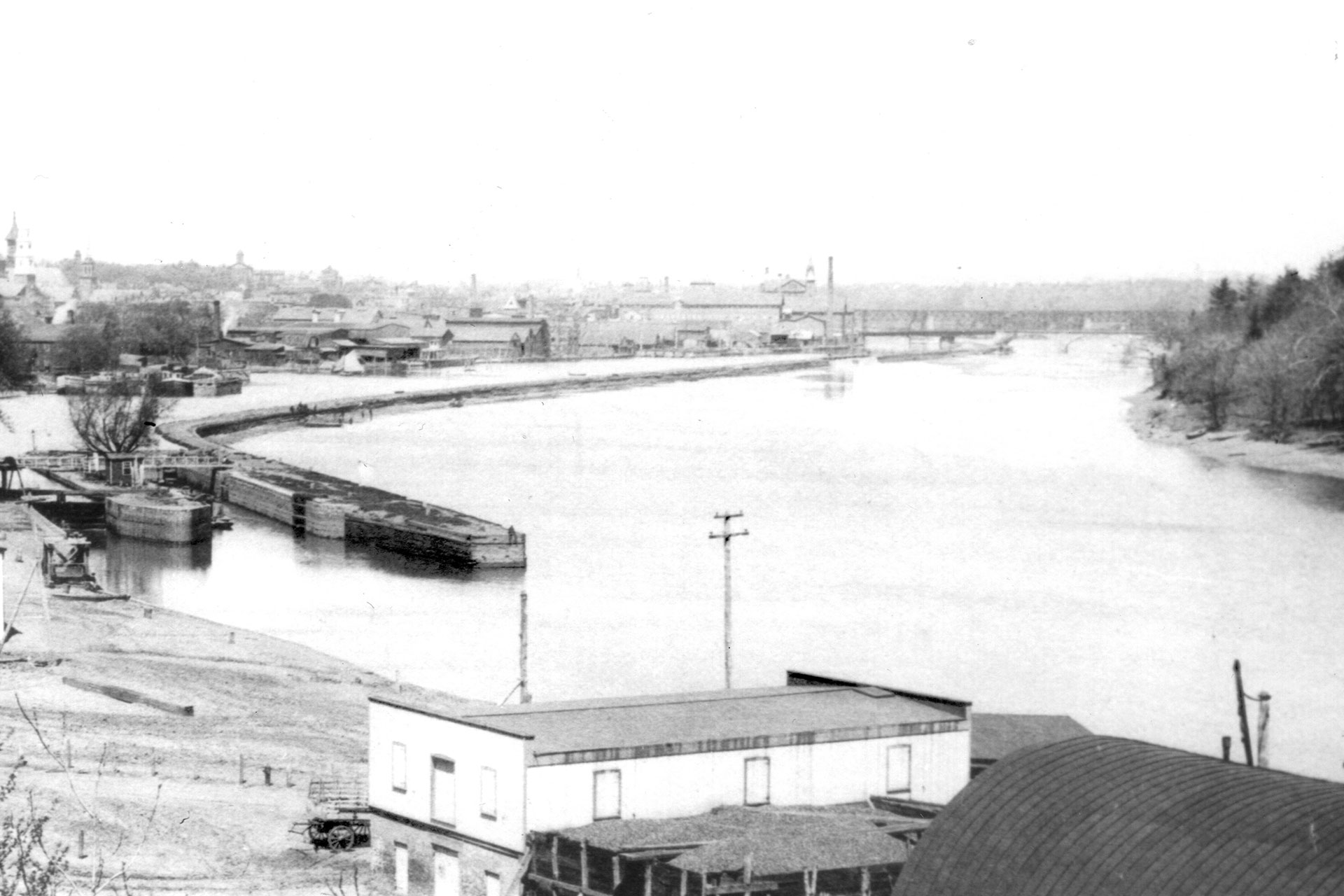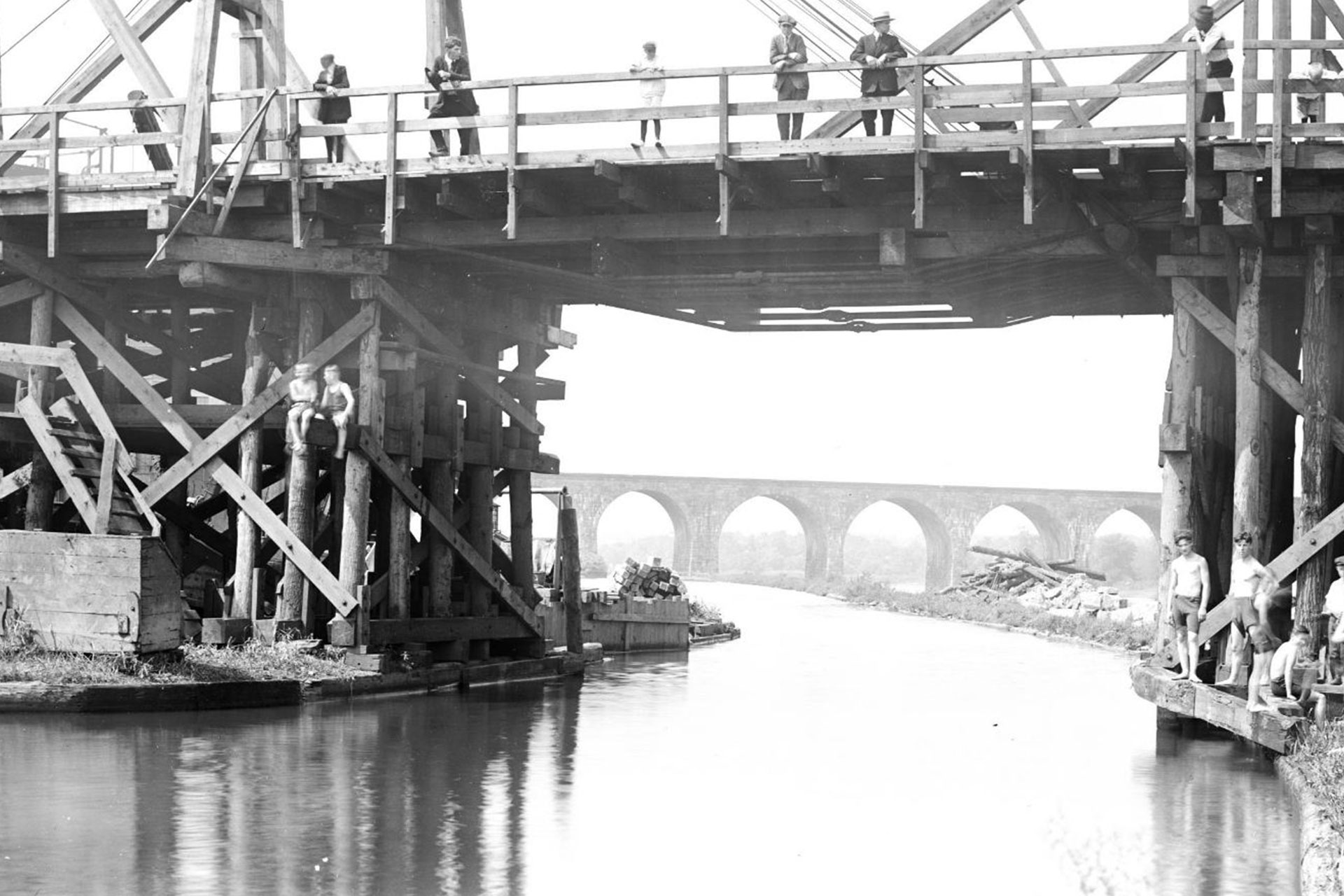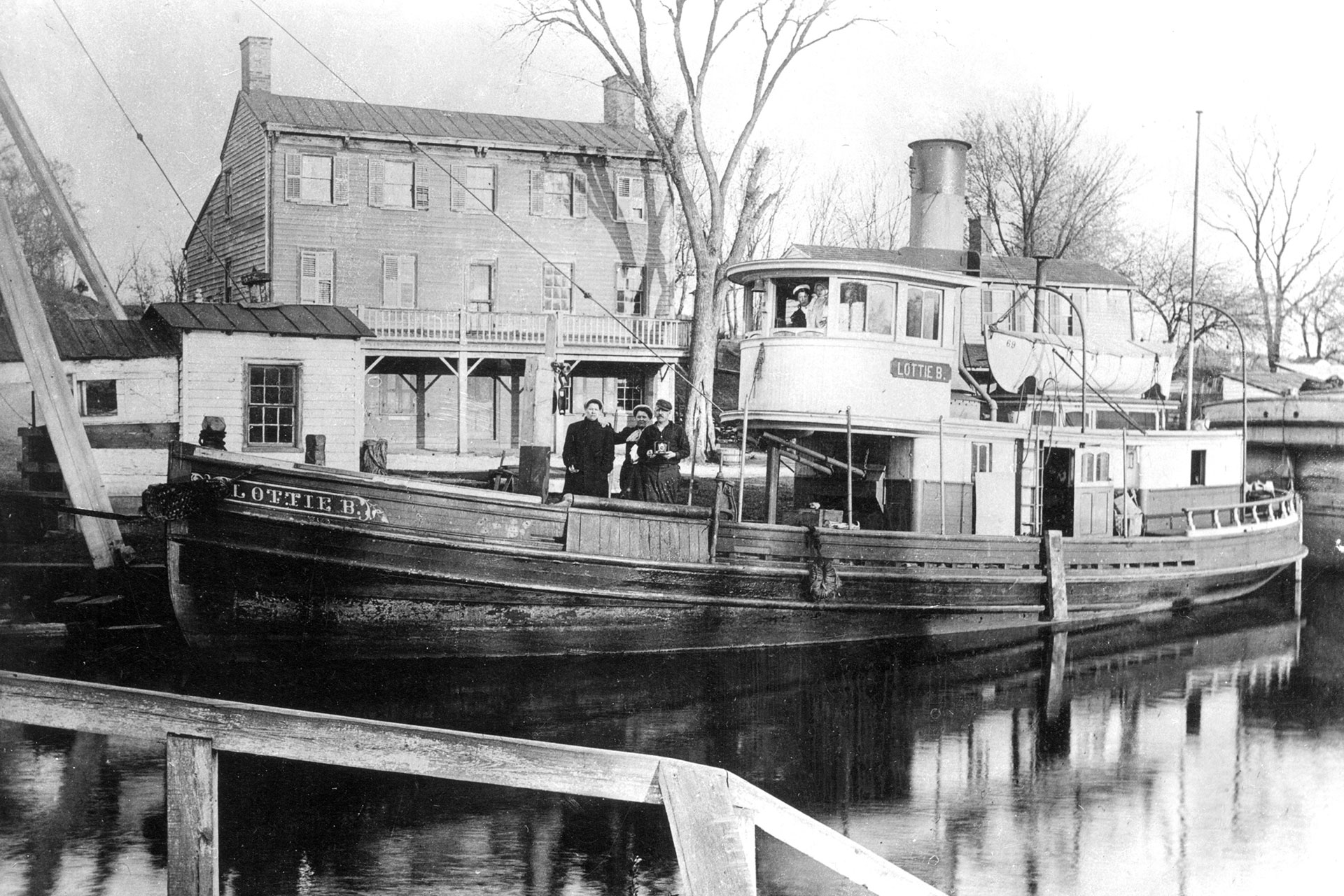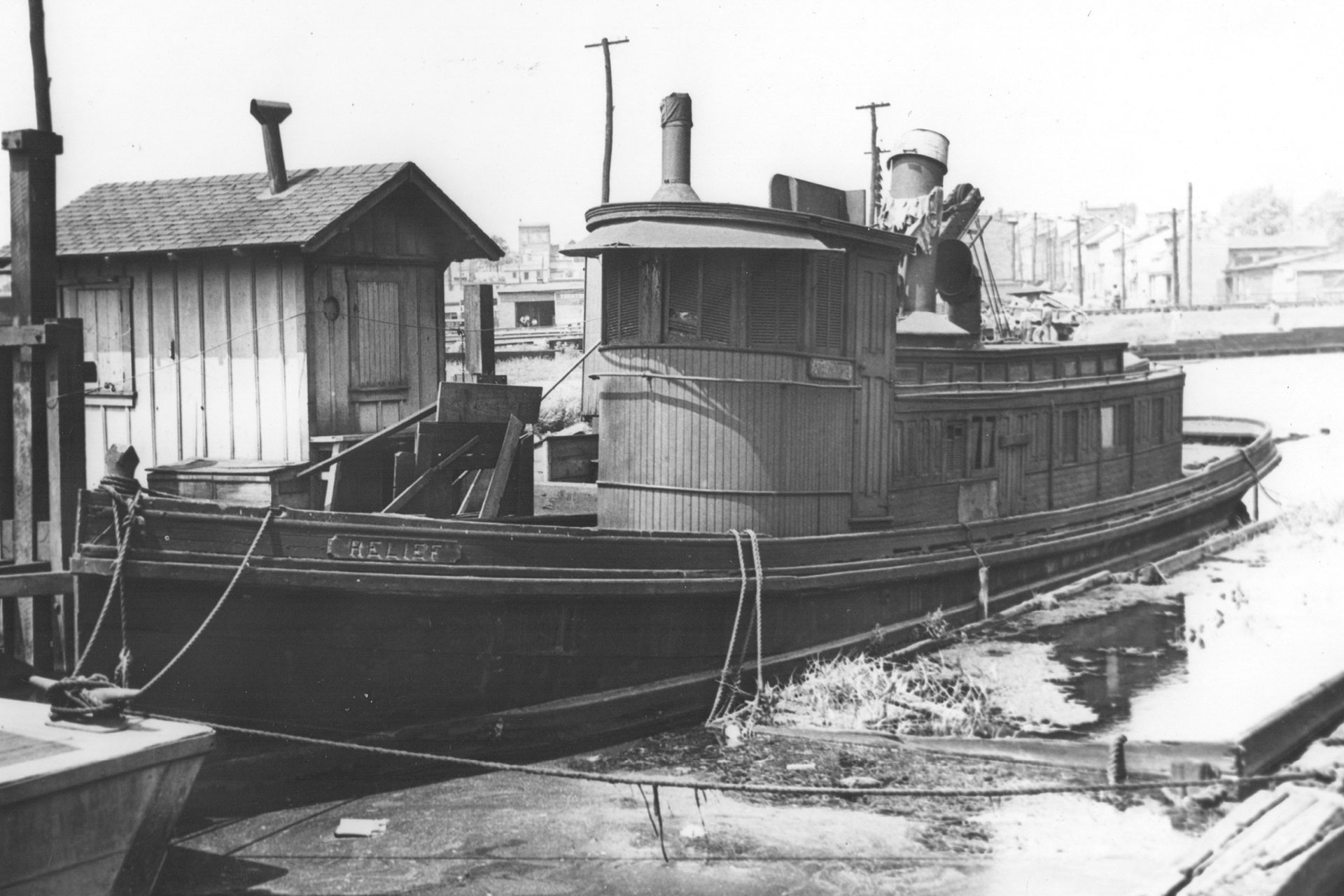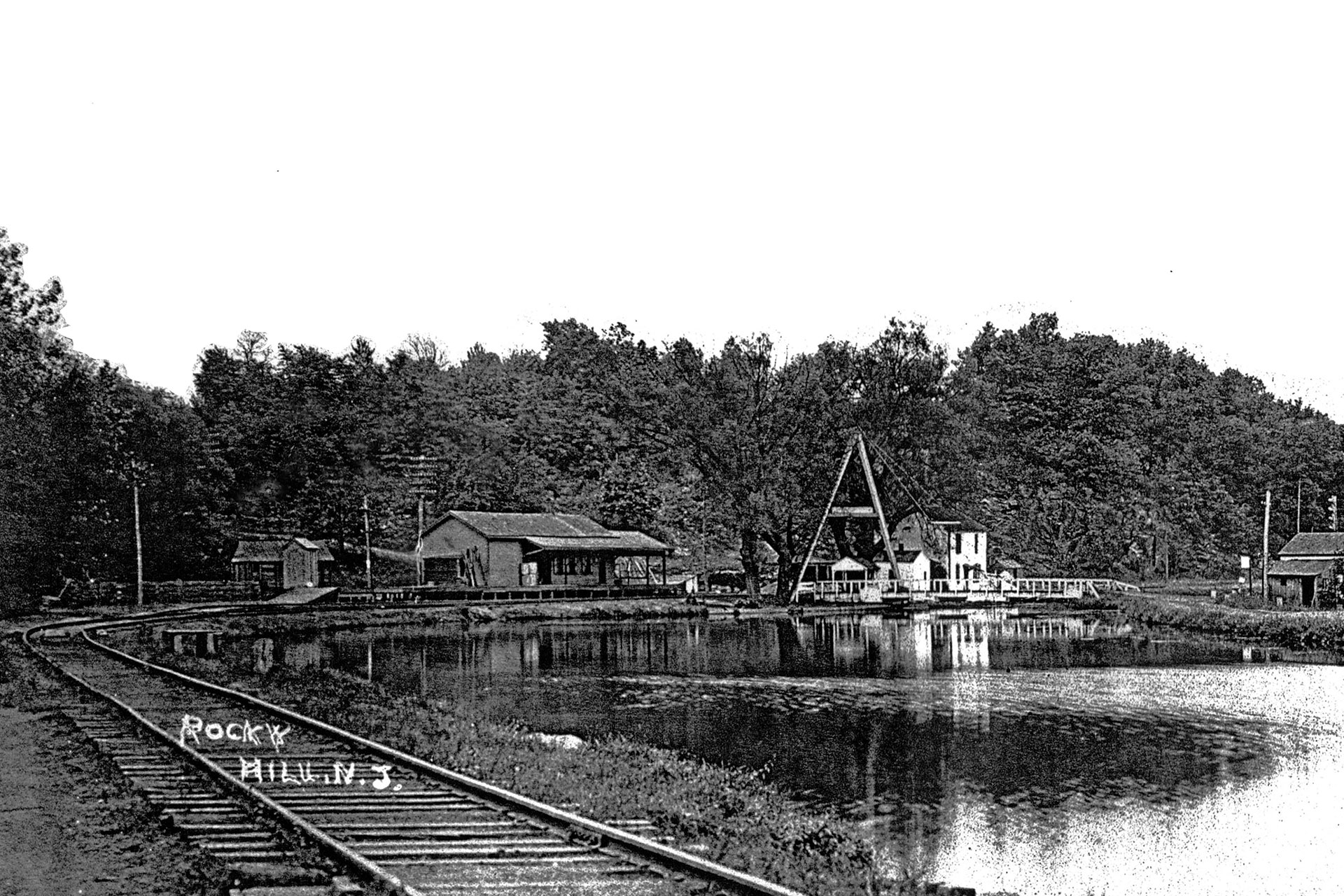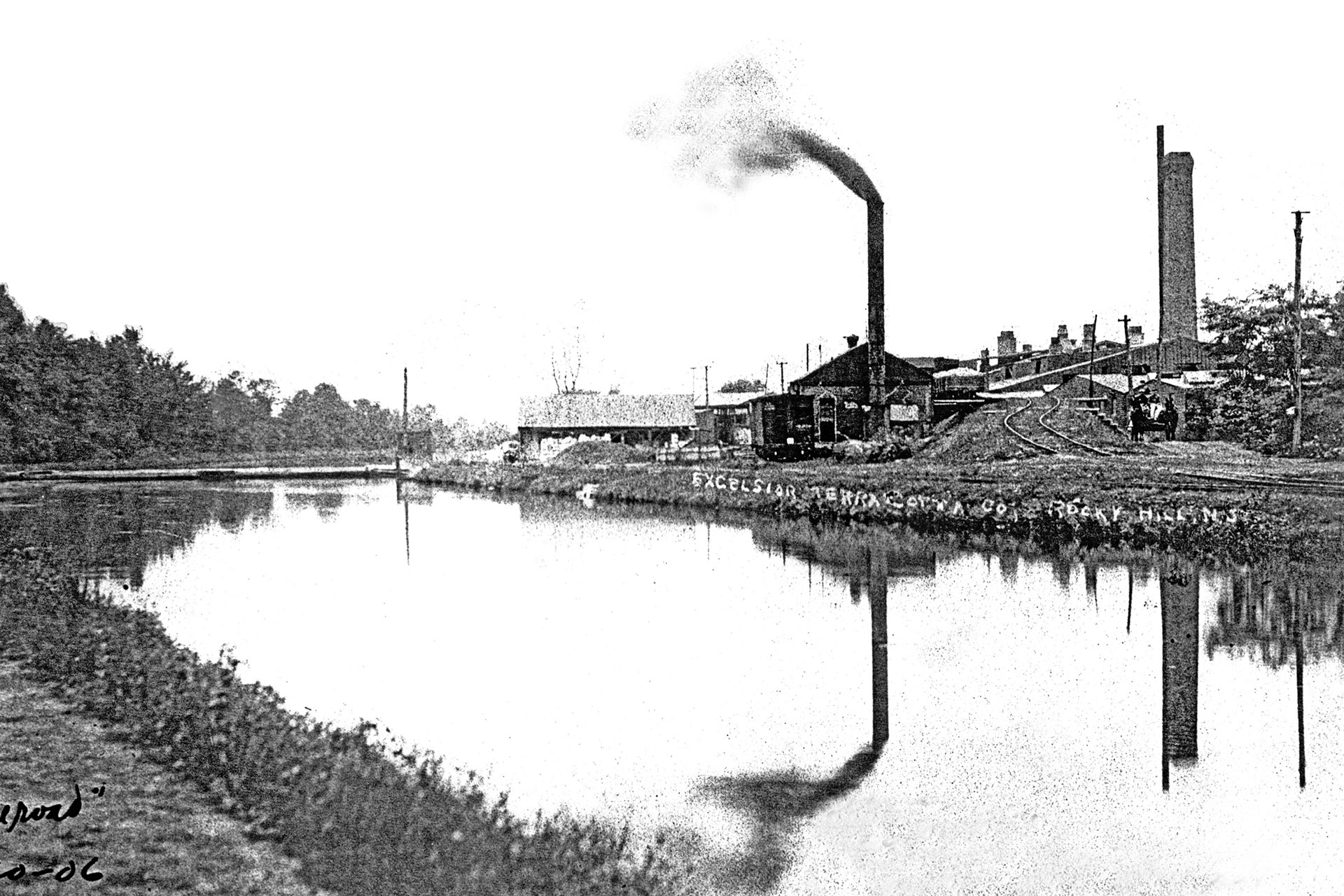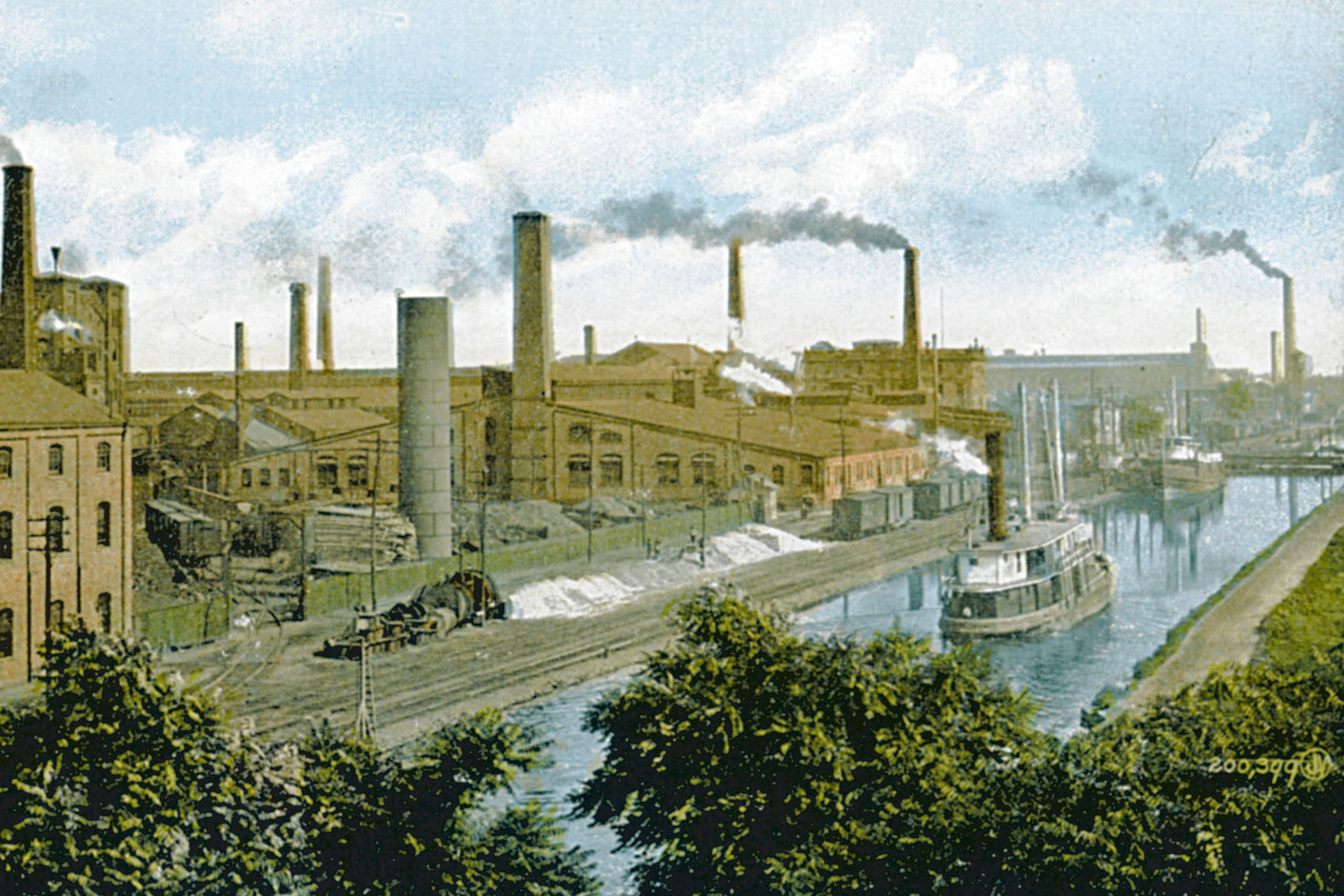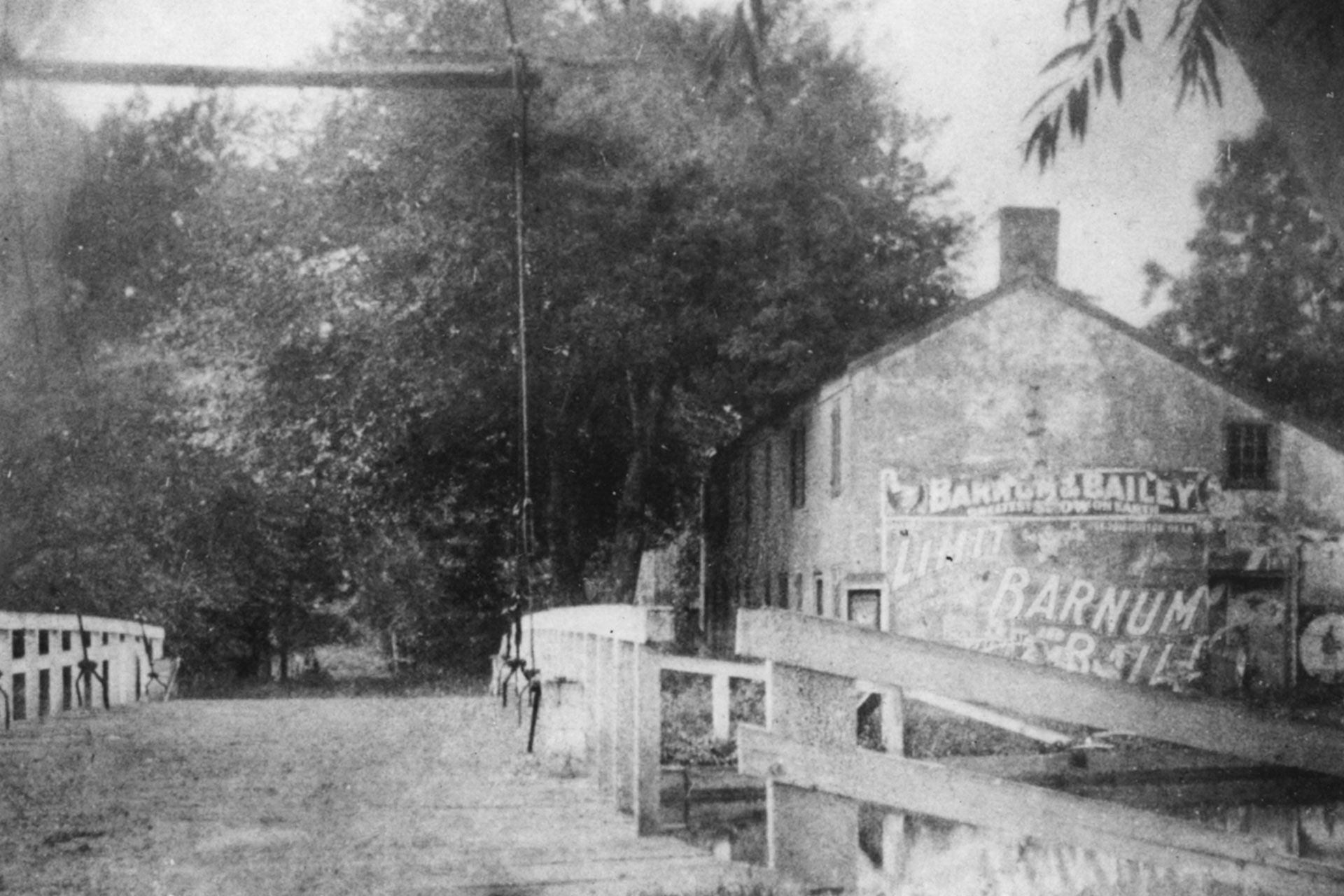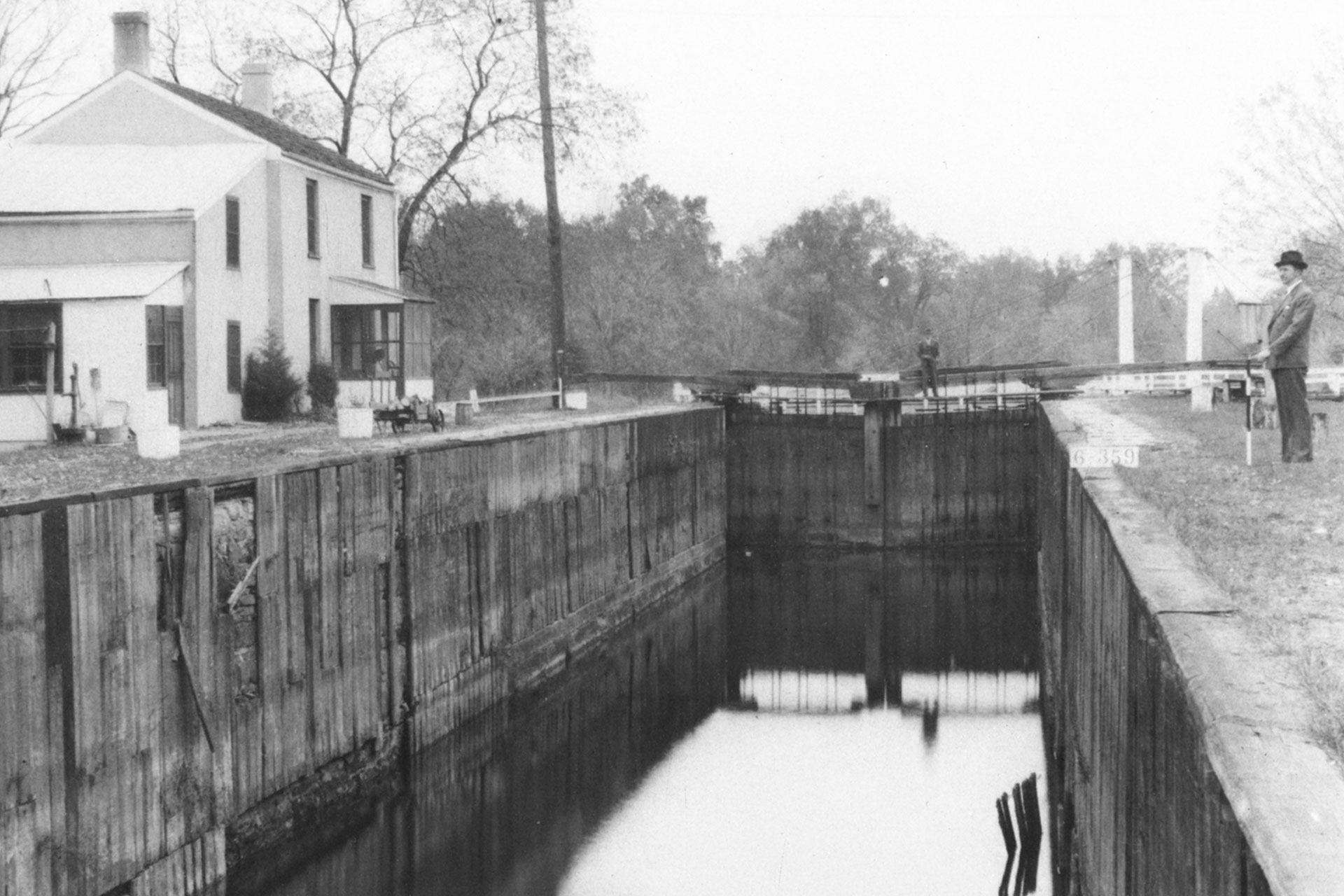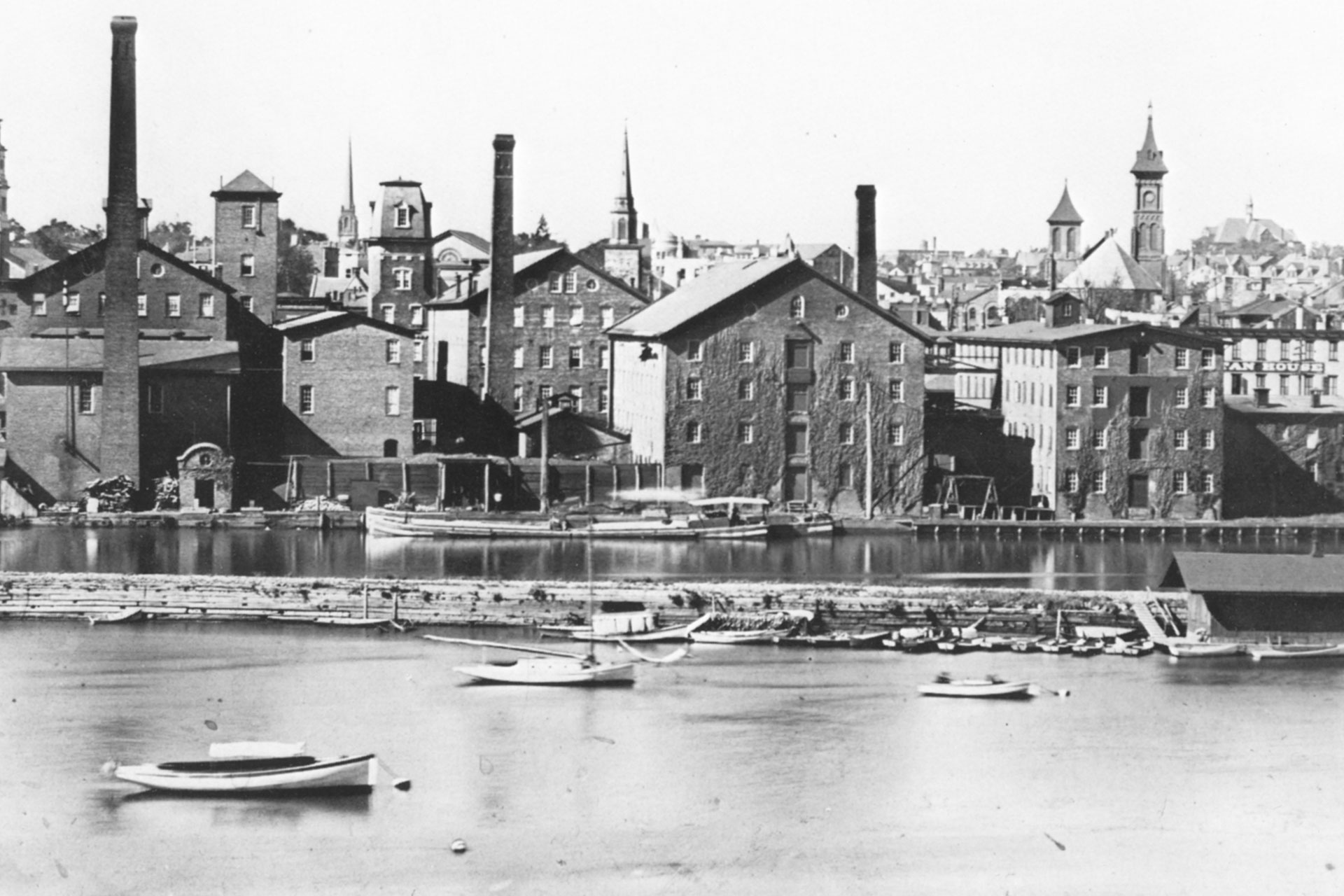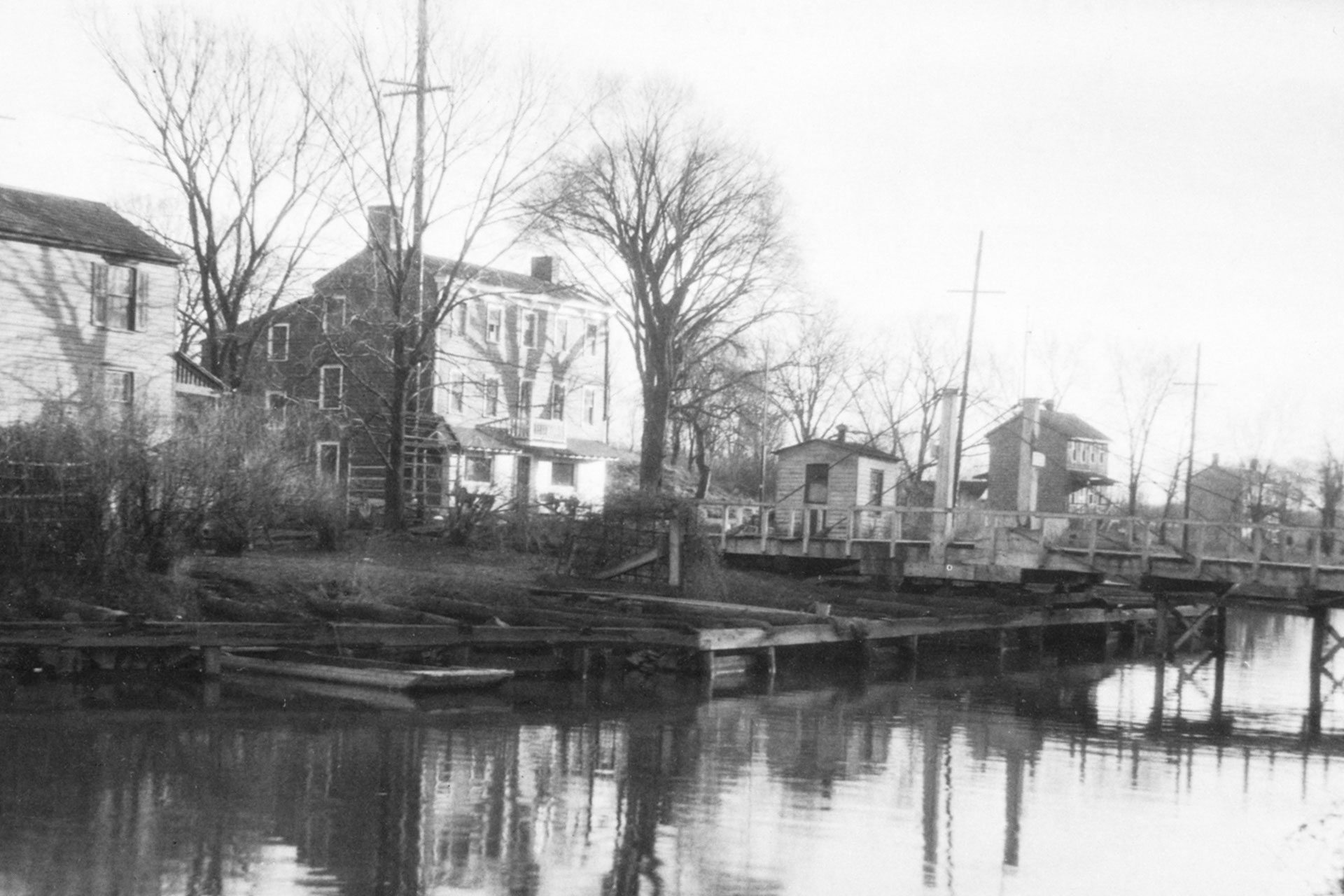Explore the
Delaware & Raritan Canal
The Legacy of the Delaware & Raritan Canal
The Delaware & Raritan Canal was once a vital link for commerce and transportation across New Jersey. Stretching 44 miles, it fueled economic growth, supported military efforts, and showcased impressive engineering. Today, it’s a scenic state park and key water source, blending history with modern utility.

The Canal’s Route and Purpose
The Delaware & Raritan Canal ran 44 miles from Bordentown on the Delaware River to New Brunswick on the Raritan River. Fed by the Delaware River at Raven Rock, water traveled south to Bordentown and northeast to New Brunswick. With only 14 locks managing 115 feet of elevation, the canal played a key role in 19th-century industry and commerce.
Engineering and Operations
Simpler than the Morris Canal but more efficient, the D&R Canal was 8 feet deep with large locks (24 feet wide, 220 feet long). Stone-lined banks prevented erosion, and swing bridges allowed tall vessels to pass. Steam-powered lock operations began in 1868. In 1866, it moved over 2.8 million tons of cargo, mostly coal, and served as a military supply route in three wars.


A Waterway of Diverse Vessels
The canal saw a variety of boats, from mule-towed canal boats and sailboats to steam tugs, barges, luxury yachts, and naval vessels. It connected with major East Coast canals, making it a busy waterway for trade and travel.
From Commerce to Conservation
Chartered in 1830, the canal opened in 1834 and operated until 1932. In 1974, it became the Delaware & Raritan Canal State Park, a popular spot for recreation. Today, it also supplies water to nearly 1 million Central New Jersey residents, preserving both its history and utility.

Detailed Information
GENERAL INFORMATION
Main canal
Bordentown to New Brunswick: 44 miles, 14 locks
Feeder canal
Raven Rock to Trenton: 22 miles (4 locks, 3 of which are guard locks)
Dimensions
60 feet wide x 6 feet deep
Summit level at Trenton
57 feet above sea level
People
- Robert F. Stockton
First president, serving until his death in 1866 - Canvass White
First chief engineer, serving until his death in 1834 - Ashbel Welch
Chief engineer of the Joint Companies, beginning in 1835 - Col. James Neilson
First treasurer
Chronology
- 1830 | Charter granted for the Delaware & Raritan Canal Company and the Camden & Amboy Railroad
- 1831 | D&R Canal and the C&A Railroad became the Joint Companies
- 1834 | Canal opened for through traffic
- 1847 | Connection established to Pennsylvania’s Delaware Canal by means of a cable ferry at Lambertville
- 1850 | Construction began on Belvidere & Delaware Railroad along the original feeder towpath; towpath was moved to the opposite side
- 1851 | Canal depth dredged to 8 feet
- 1853 | Locks on main canal lengthened to 220 feet and banks “rip-rapped” with stone
- 1866 | Peak year for freight; 2,857,233 tons, 83% of which was coal
- 1868 | Installation of steam-powered winches and steam activated valves
- 1902 | Pennsylvania Railroad viaduct constructed in New Brunswick, thus limiting mast height to 50 feet
- 1929 | Peak year for pleasure boaters; 941 non-commercial vessels
- 1932 | Last season for boating
- 1934 | State took over canal properties
- 1944 | Construction began to convert canal to a water supply system
- 1973 | Canal entered on the National Register of Historic Places
- 1974 | Delaware & Raritan Canal State Park and the D&R Canal Commission created
RESOURCES & LINKS
DR Canal State Park Diagram (PDF)
Griggstown
1076 Canal Rd, Princeton, NJ 08540
Princeton
483 Alexander St, Princeton, NJ 08540
Photo Gallery
